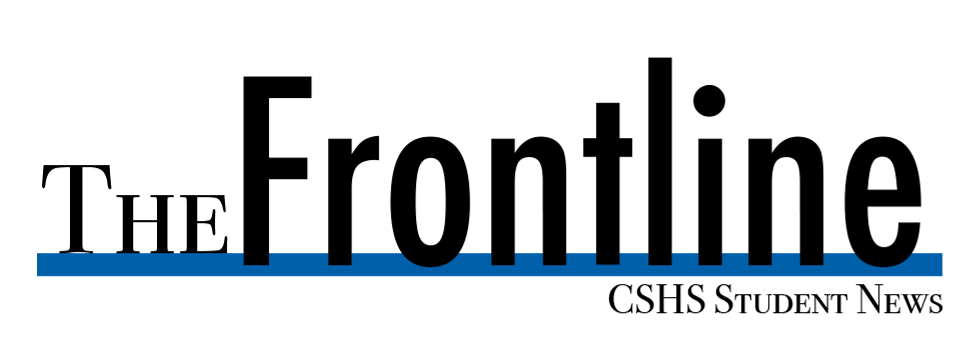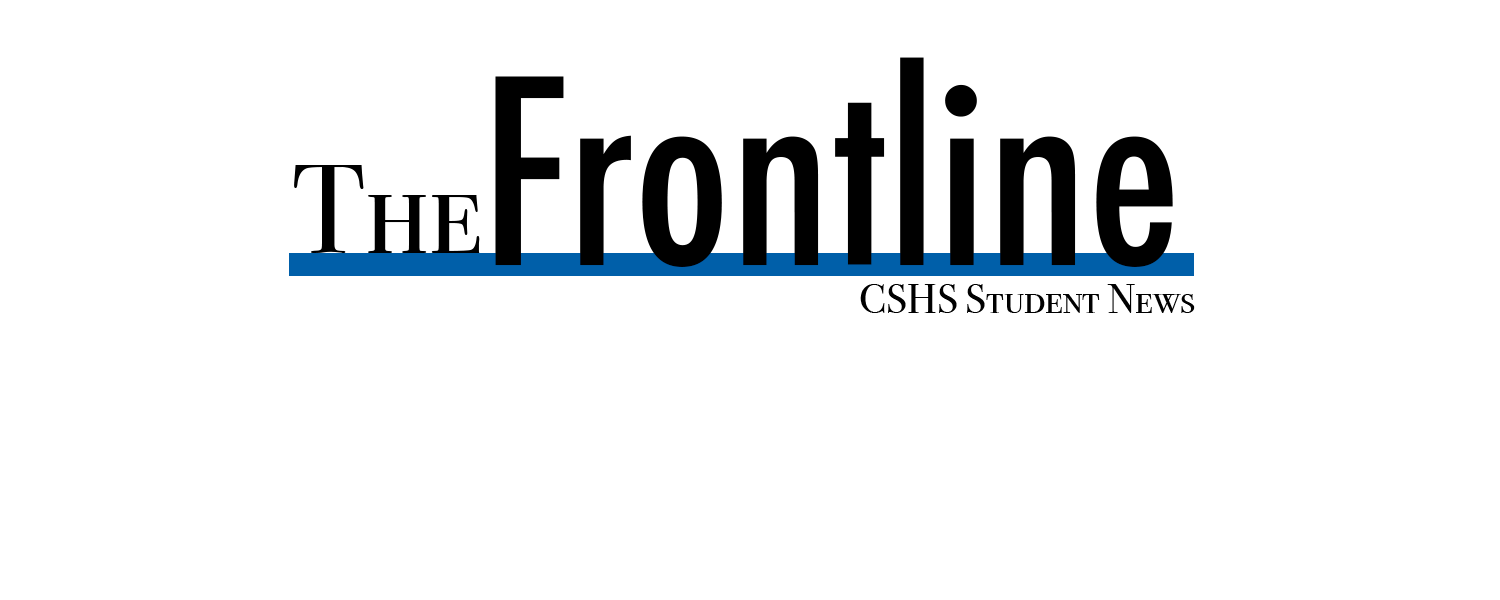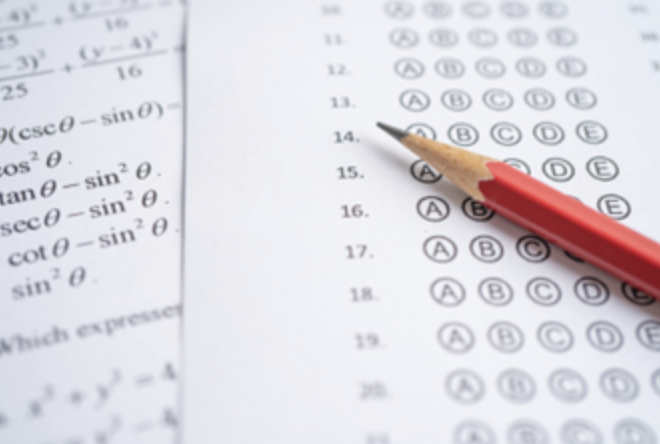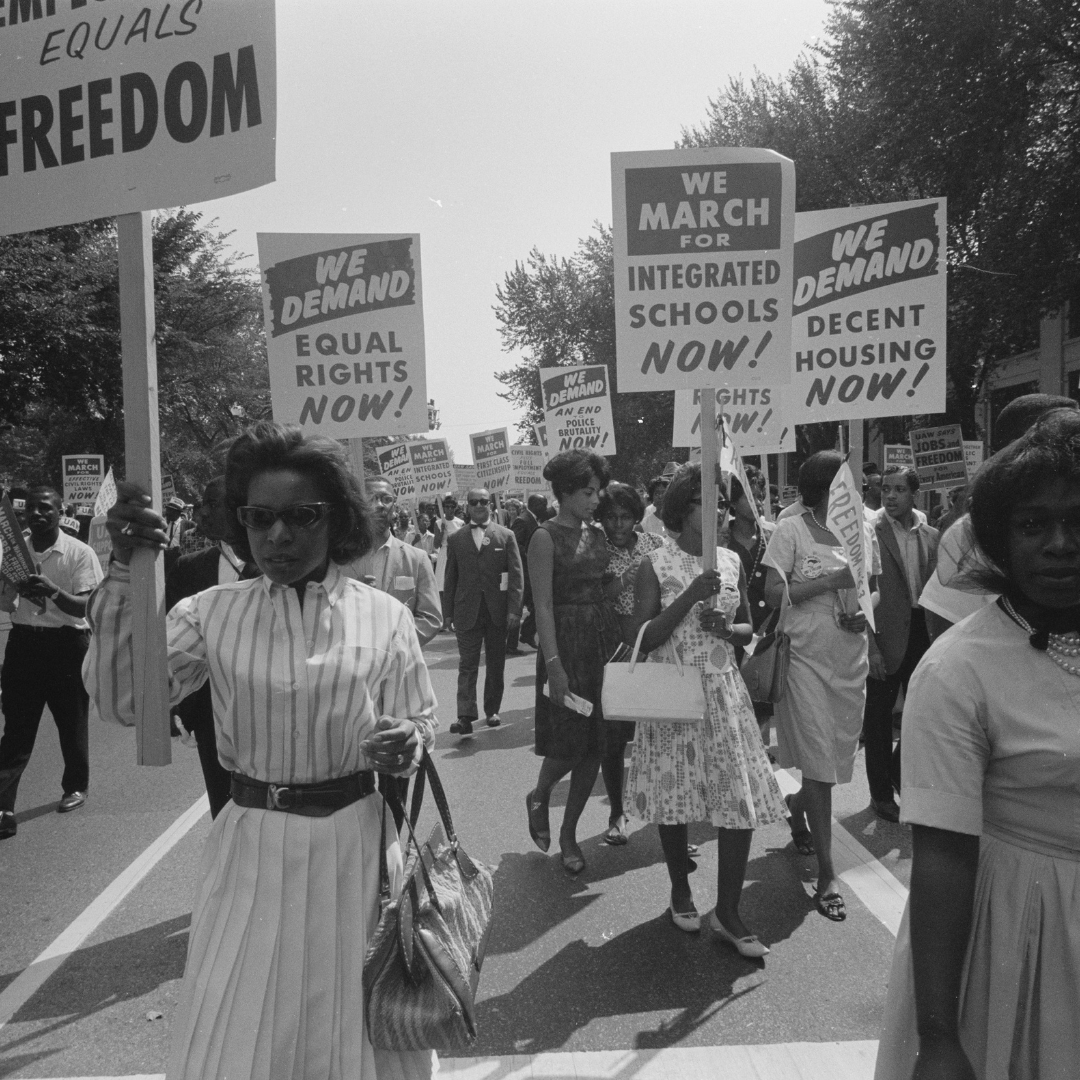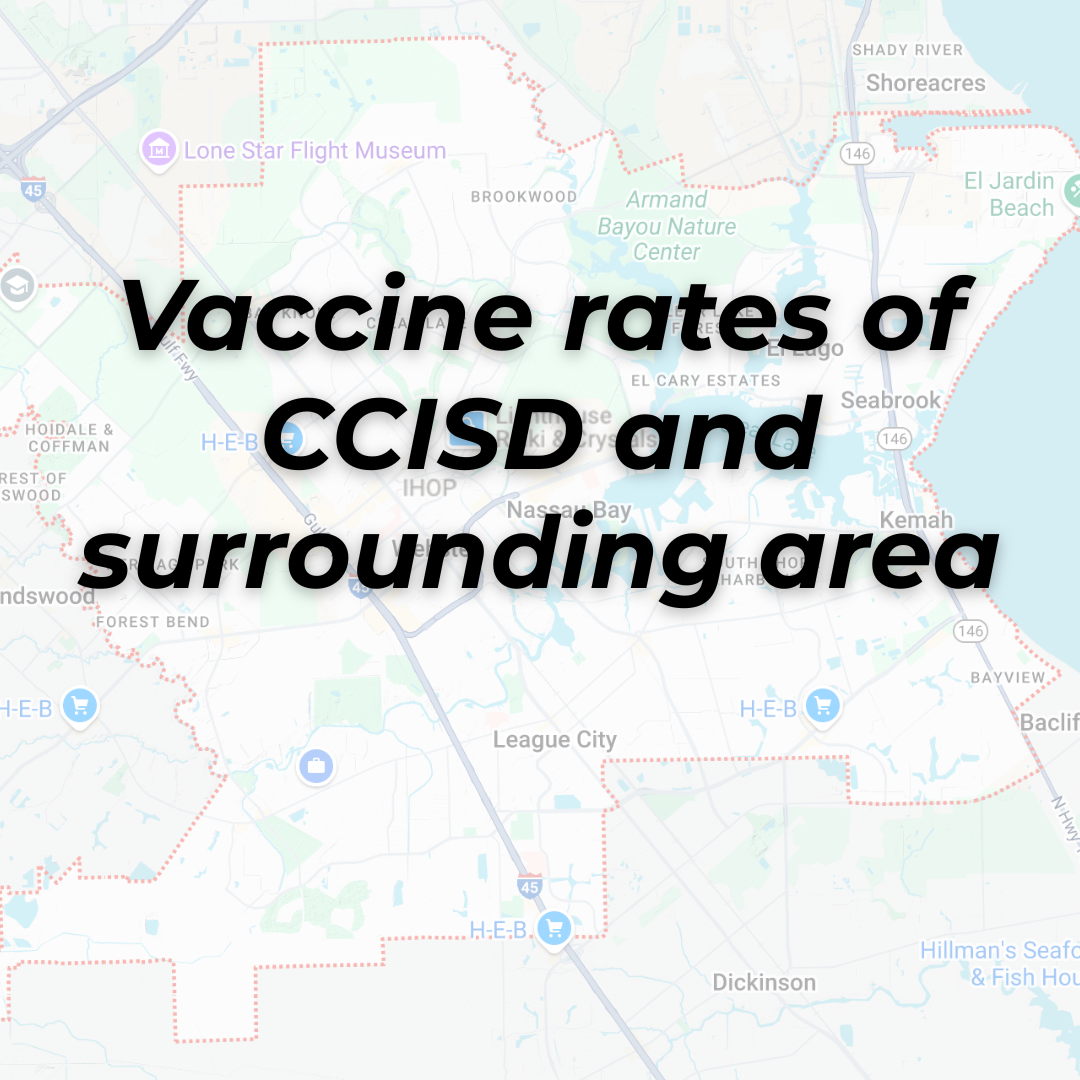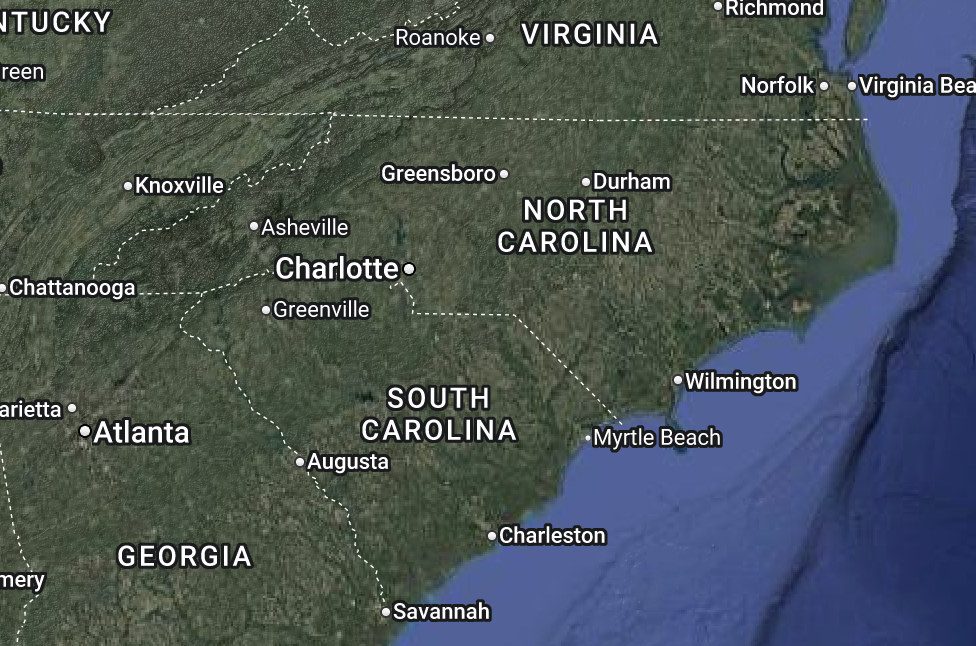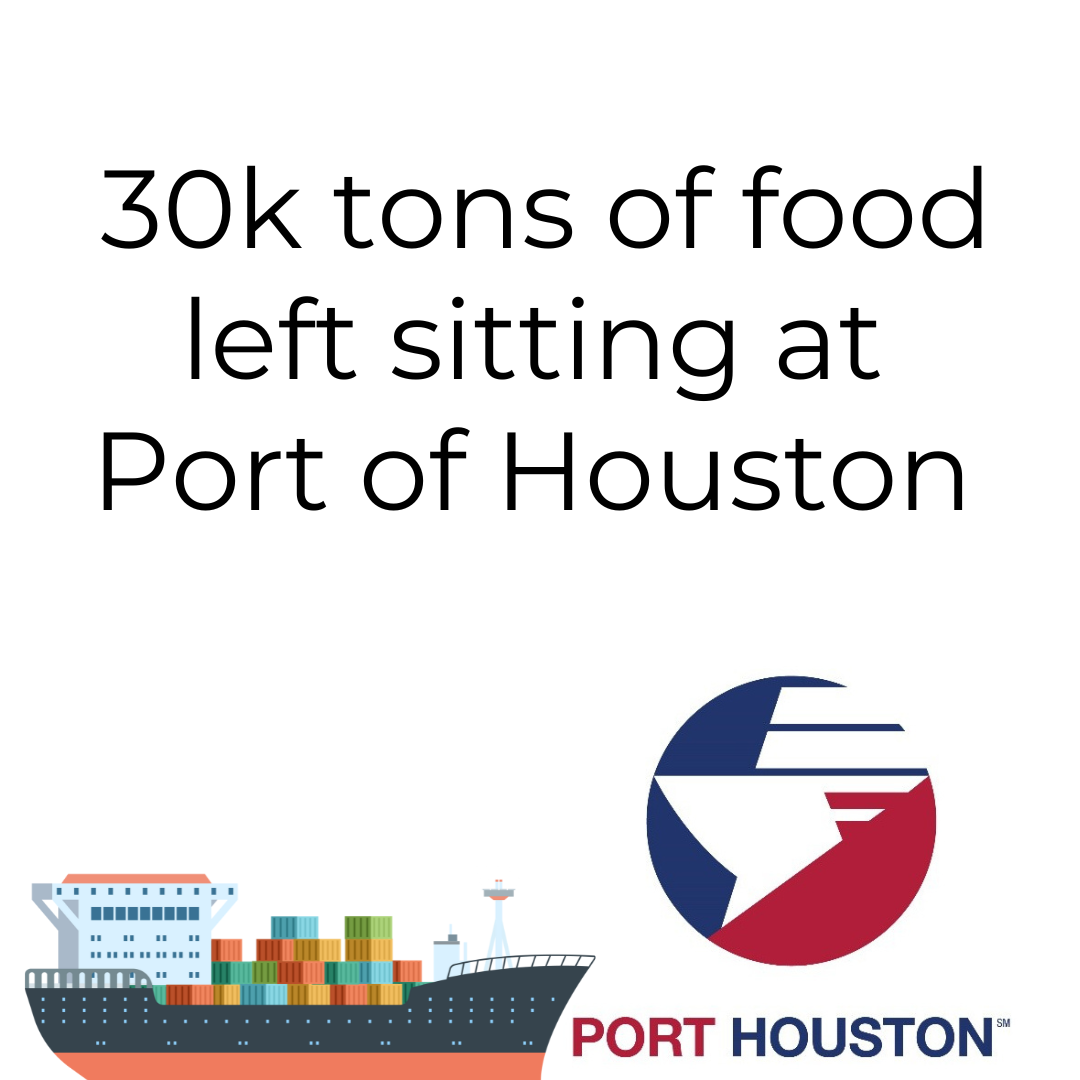Recent studies from a New York Times article have raised correlation between the increase of students’ SAT scores and their parents’ income. As well as disparities in education as early as kindergarten.
Students coming from families in the top 20 percent of earners are seven times as likely to get a 1300 or higher on the SAT compared to those in the bottom 20. While 33 percent of students from the richest families -top 1 percent- score a 1300 or higher, less than 5 percent the middle-class achieves the same. And for the 1 in 5 from the bottom 20 percent that take the test, their history of reaching this score is 2.4 percent.
Students with a high family income are far keener to carrying the attainments which colleges value, such as a high-test score.
To put this into perspective, the average SAT score in the 2020-2021 school year at Highland Park ISD (Dallas area), – the wealthiest school district in Texas- was a 1307. The Clear Creek ISD sits right above the nationwide average of 1050 with an average 1056 score. While its neighboring district Pasadena ISD averaged a 923. And as for the largest school district in Texas, Houston ISD, -which has an economically disadvantaged proportion of 79 percent- their average SAT score is a 967.
“You see a big discrepancy in the scores of the students that have been specifically tailored to take the SAT, as opposed to those that have not received those prep courses.” Michael Raffaeli, college and career assessment specialist, said. “It’s noticeable; colleges know that.”
A 2009 survey from the High School Longitudinal showed that 89 percent of students with family income in the top 25 percent of earners are enrolled to a college within 18 months of graduation. Leaving them 25 percent more likely to attend university as opposed to their middle-class counterparts. As for lower-class students, only 51 percent attend college with 23 percent of them enlisting to four-year institution.
The gap further widens when looking at selective schools, such as Ivy League schools like Harvard University. One in 6 students in Ivy League Schools come from families in the top 1 percent of earners. Even for applicants with the same SAT or ACT score, students coming from the richest families are 34 percent more likely to be admitted than the average applicant.
While the pandemic disrupted almost every facet of education, one of the better things that came from it was colleges adopting a test optional policy.
“The fact that it pulled us away from those standardized tests and made schools look at the whole student was one of the better things that happened,” Raffaeli said.
The disadvantage presented to lower-class students are not only existent in college enrollment, but once they get to kindergarten there is already a gap in the quality of education between the two.
A study from the Economic Policy Institute on the kindergarten classes of 1998 and 2010 found that large performance gaps exist between children at the top and bottom of socioeconomic-status quintiles. The lower-class students had lower cognitive and non-cognitive skills when starting school compared to their upper quantile counterparts.
The quality of school that a child goes to heavily influences how they will perform academically. When their zoned school is more likely to struggle with teacher retention, a lack of funding, inadequate technology. Those are factors that take a toll outside of the issue of poverty itself.
Economically disadvantaged families may tend to find themselves in a position where they depend solely on a traditional public school for their children’s education. But the way a child’s learning is attended in the summer plays a huge part as well.
“During the summer months when schools are not in session, it’s pretty characteristic for middle- and upper-class families to enrich their child’s education.” Brian Johnston, AP capstone seminar and AP English language and composition teacher, said. “All of that keeps their cognitive development, their literacy, and often times numeracy as well, developing. Whereas children whose parents who work all the time or don’t have the resources to provide these opportunities, they’re more likely to slide during the summer months,” Johnston said.
“Perhaps a [lower class] student is even learning as fast as their middle-class peers, once the summer months come around that student begins to slide back.”
The issue of educational disparities is not only one of class.
“It’s total racial segregation and socioeconomic segregation.” Johnston said, “I taught in a school at Pasadena that was nearly 100 percent Hispanic.” “In that school, more of the resources are going to be put towards remediation than enrichment.”
In the 2020-2021 school year, more than a third of students attended a predominantly same race/ethnicity school. And 14% attending a school where almost all students are of a single race/ethnicity. As per report by the U.S Government Accountability Office (GAO).
Students who start behind in early education often are the ones who also end up behind in their later years. As a result, are at a disadvantage when it comes to higher learning.
SAT scores are a tool meant to assess college readiness, but at the same time, they have highlighted educational and social inequalities across wealth gaps.
